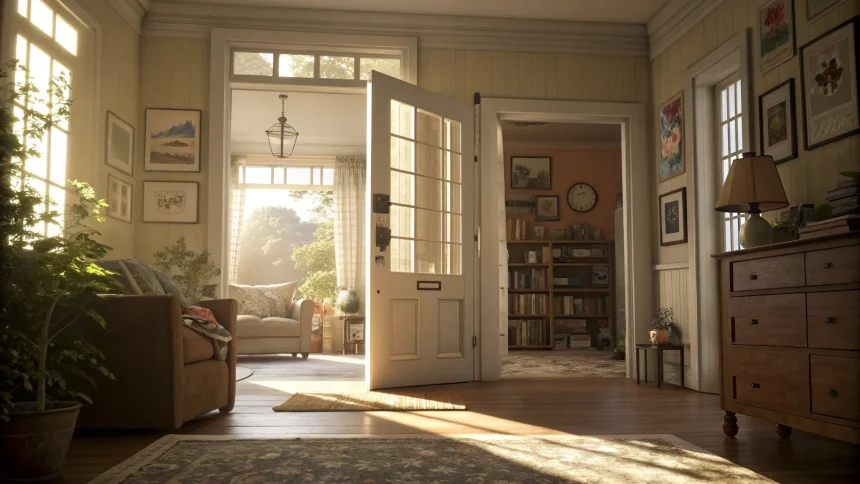When Keaidy Bennett and her ex-husband divorced, they sold their home. She now says she regrets the decision, a sentiment shared by many who must make fast financial choices under stress.
The decision to sell was meant to create a clean break. But rising housing costs, tight inventories, and higher borrowing rates have changed what that choice can mean for long-term wealth and housing stability. Bennett told Business Insider she would choose differently now, raising fresh questions about how couples weigh their options at a painful moment.
The stakes of the marital home
For many families, the home is the largest asset they own. In split households, the house can represent savings, security, and a link to community. Selling can provide immediate cash, but it may also cut off future gains and trigger higher monthly costs later if both partners need to re-enter a pricier market.
Real estate agents and divorce attorneys often see a rush to list. The urge is understandable. It reduces conflict and simplifies asset division. Yet it can also bake in losses if the timing is poor or if either party underestimates replacement costs.
“I wish I had held onto it,” Bennett said, reflecting on the sale after her divorce.
Why people sell—and why they look back
Couples often sell because neither partner can qualify for a refinance alone, or because a buyout seems too complex. There may be tax concerns, deferred maintenance, or fear of carrying two households and one mortgage. These are practical reasons, but they can mask the long tail of the choice.
Once a home is sold, the next purchase can be harder. Prices may have appreciated. Down payment funds can get eaten by moving costs, legal fees, and debt repayment. Rent can rise faster than expected. In a seller’s market, cash from the sale might not stretch far enough to buy back into a similar neighborhood.
Options many couples overlook
Before listing, advisers say it helps to map out alternatives that preserve equity or reduce disruption. These approaches are not for everyone, but they can widen the choices on the table.
- Refinance with a co-signer or temporary support agreement to keep one partner in the home.
- Structure a staged buyout, with partial equity now and the rest paid later.
- Co-own for a defined period to capture more appreciation before selling.
- Rent the property for income while both partners transition.
- Use a clear agreement covering repairs, taxes, and exit timing to avoid disputes.
Each path has legal and tax considerations. Clear written agreements, title updates, and insurance checks are basic steps. A neutral financial planner or mediator can help run the numbers and reduce the emotional load.
Market and money pressures
Interest rates affect both refinancing and the cost of a new loan. When rates are high, buying again can push monthly payments far above what the couple paid together. Add property taxes, insurance, and maintenance, and the replacement home can feel out of reach.
On the other hand, holding the home is risky if income is uncertain. A missed payment can damage credit for years. The safer path depends on cash flow, job stability, and local rental and sale conditions. That is why a simple spreadsheet—comparing sell, rent, and hold—can be more useful than a quick listing photo and a hopeful timeline.
Emotions meet arithmetic
Divorce decisions are rarely only financial. A home carries memories. That can push people to cling too long or to walk away too fast. Bennett’s reflection highlights how time and distance can change the picture. Regret does not mean the original choice was irrational; it suggests the math looks different under new market rules.
Experts say a calm pause can help. Even a 30-day delay to gather quotes, run affordability checks, and test rental demand can prevent a hasty move. If a sale still makes sense, thoughtful staging, flexible closing terms, and repair credits can protect value without dragging out negotiations.
For Bennett, the lesson is simple and hard: decisions made under pressure echo for years. For couples facing similar choices now, the best plan is to slow down, map options, and decide with full information—before the for-sale sign goes up.







